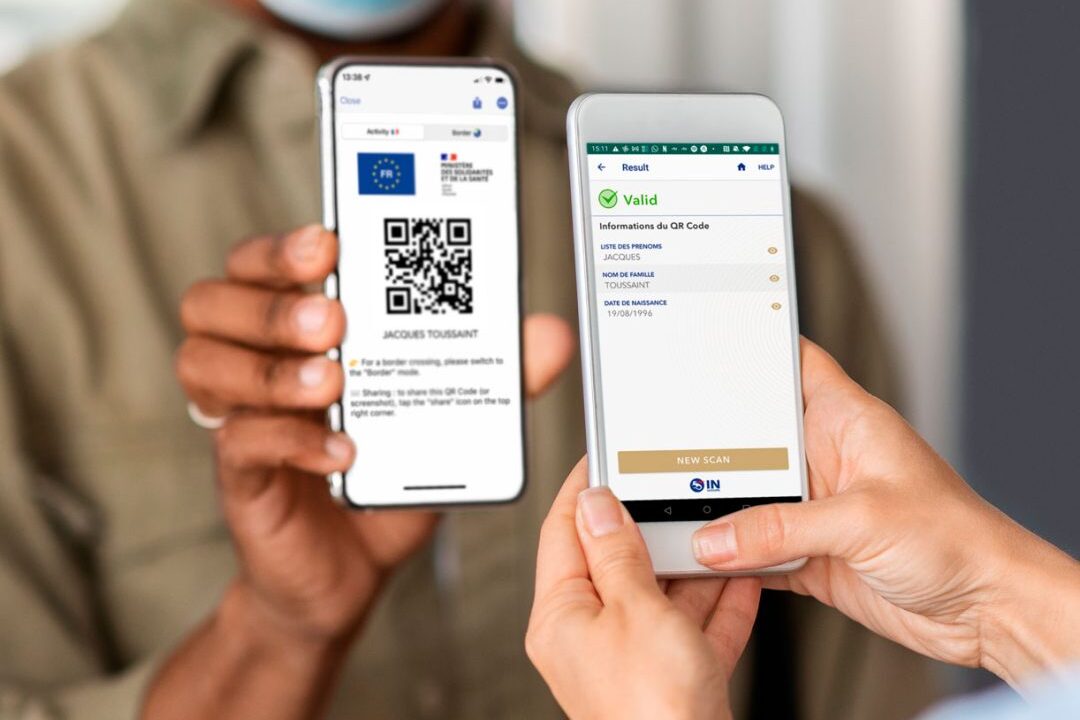Polypropylene, a versatile and widely used plastic, poses significant recycling challenges. From food packaging to automotive parts, this material is everywhere. Yet, despite its ubiquity, PP recycle effectively remains an uphill battle. This blog post aims to shed light on these challenges, offering insights into the barriers we face and how we can overcome them.
Understanding Polypropylene Recycling
Polypropylene is a type of plastic known for its durability and resistance to heat. However, these very properties make it difficult to recycle. The high melting point and chemical stability of polypropylene require specialized recycling processes, which are not widely available.
The Complexity of Collection
One primary challenge in polypropylene recycling is the collection process. Unlike other recyclable materials, polypropylene is often contaminated with food residue or mixed with other types of plastics. This contamination complicates the recycling process, making it less efficient and more costly.
Sorting and Separation Issues
Sorting polypropylene from other plastics is another significant hurdle. Current sorting technologies are not always effective in distinguishing polypropylene from other similar-looking plastics. This inefficiency leads to lower recycling rates and higher processing costs.
Limited Recycling Facilities
The scarcity of dedicated polypropylene recycling facilities further exacerbates the problem. Most recycling centers are equipped to handle more common plastics like PET and HDPE, leaving polypropylene in the lurch. This lack of infrastructure limits the overall capacity for polypropylene recycling.
Economic Viability
Recycling polypropylene is often not economically viable. The costs associated with collecting, sorting, and processing polypropylene can outweigh the benefits, especially when compared to the recycling of more straightforward plastics. This economic barrier discourages investment in polypropylene recycling initiatives.
Technological Advancements
Advancements in recycling technology hold promise for overcoming some of these challenges. Innovations such as chemical recycling and advanced sorting techniques could significantly improve the efficiency and effectiveness of polypropylene recycling.
The Role of Legislation
Government regulations and policies play a crucial role in promoting polypropylene recycling. Incentives for recycling, stricter waste management laws, and funding for research and development can drive progress in this field.
Consumer Awareness and Participation
Educating consumers about the importance of polypropylene recycling is essential. Increased awareness can lead to better sorting and reduced contamination, making the recycling process more efficient and cost-effective.
Collaboration Across Industries
Collaboration between manufacturers, recyclers, and policymakers is vital for overcoming polypropylene recycling barriers. By working together, these stakeholders can develop more effective recycling strategies and drive innovation in this space.
Conclusion
The challenges in polypropylene recycling are significant but not insurmountable. Through technological advancements, supportive legislation, consumer education, and industry collaboration, we can overcome these barriers. The path to successful polypropylene recycling may be complex, but with concerted effort, it is achievable.




